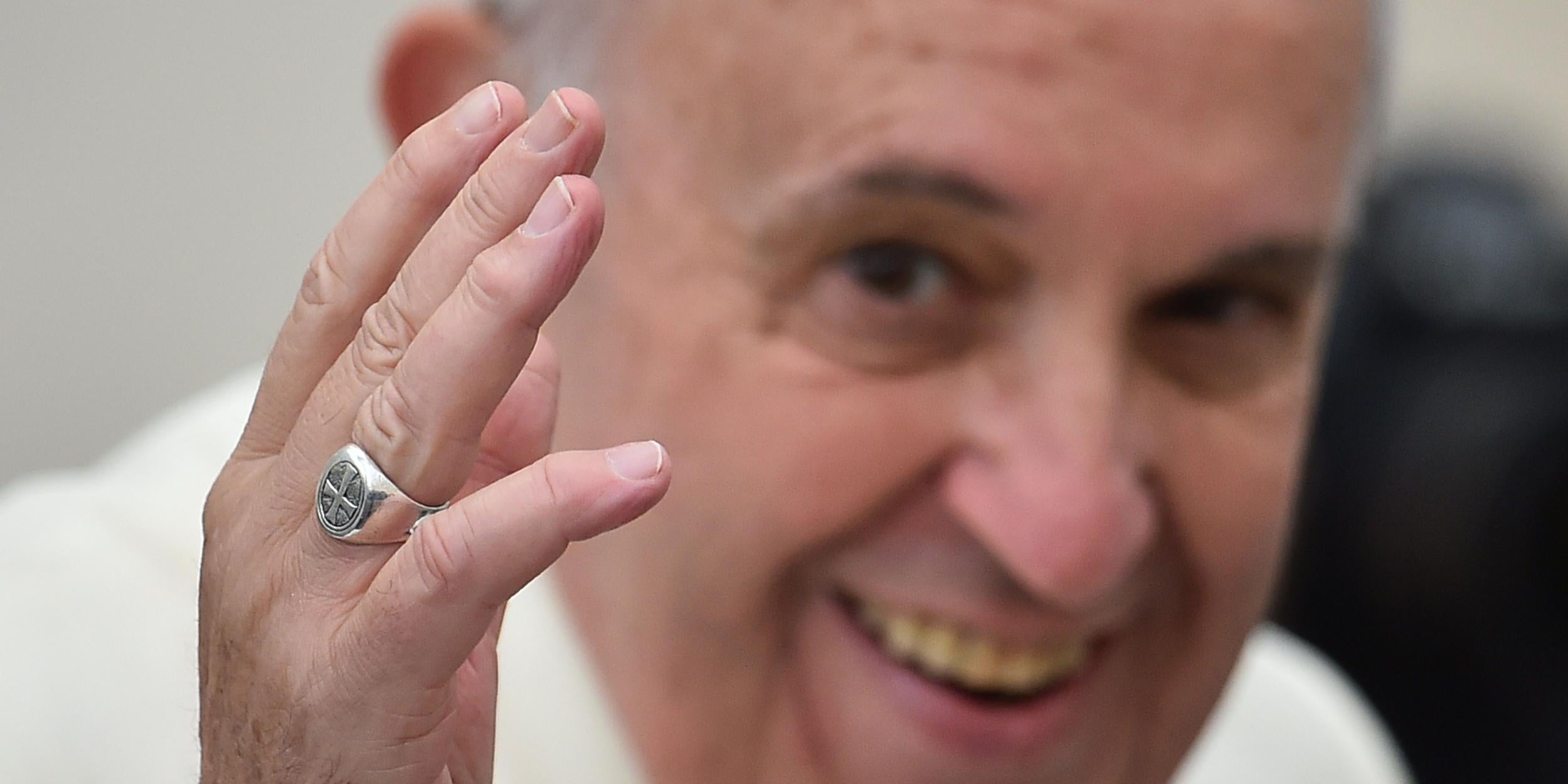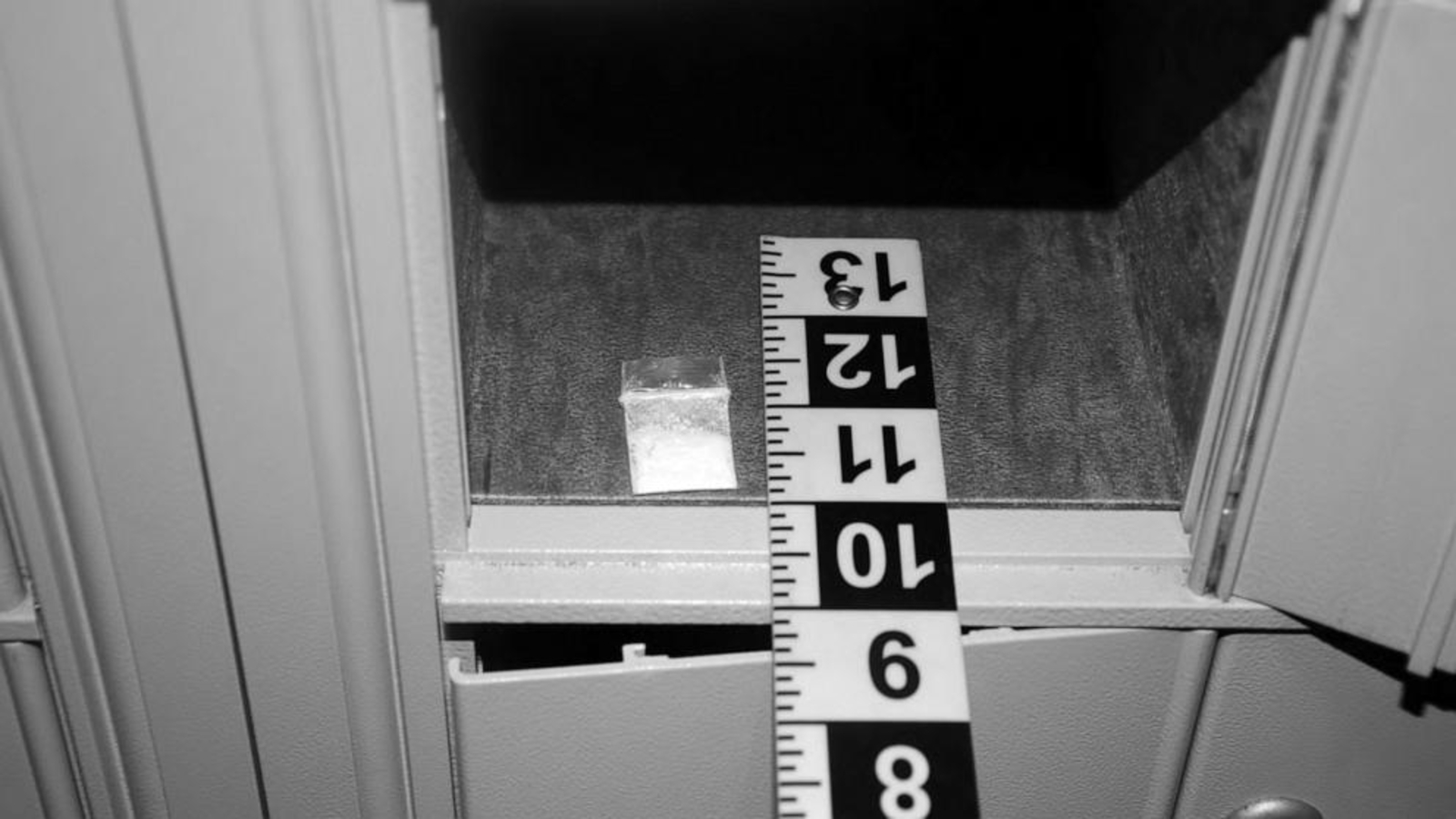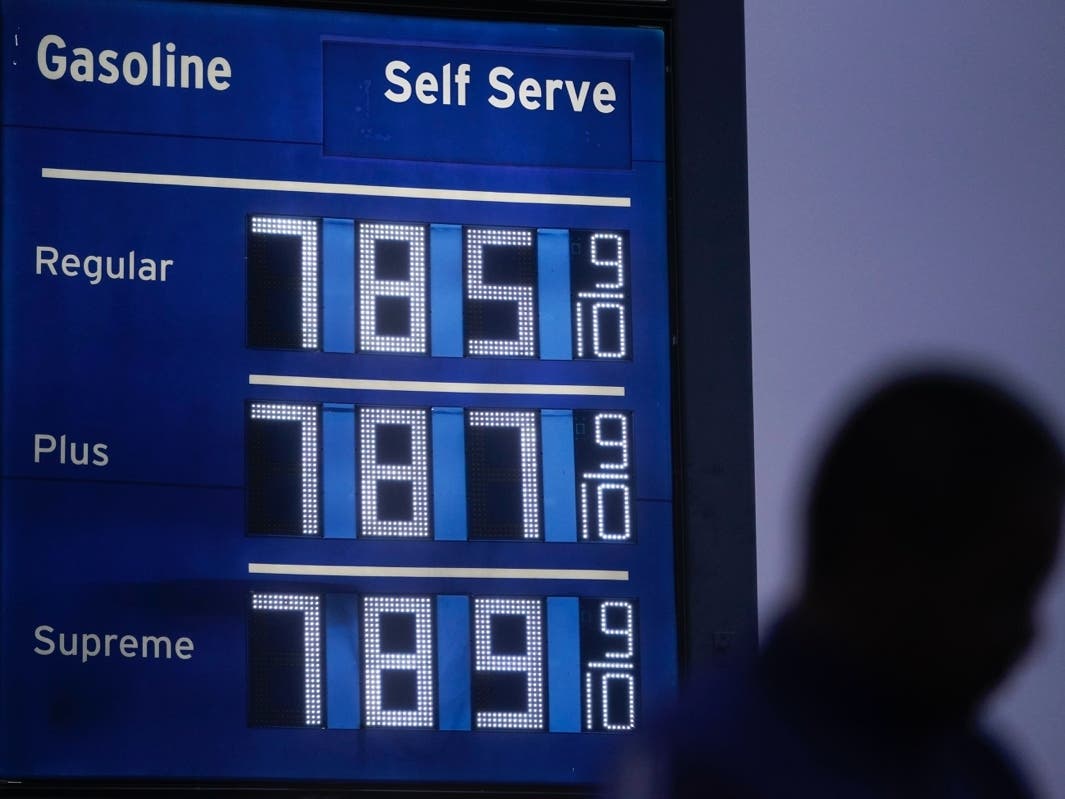Why Pope Francis' Ring Will Be Destroyed After His Death: The Papal Protocol Explained

Table of Contents
The Significance of the Fisherman's Ring (Anulus Piscatoris)
The Fisherman's Ring, also known as the Anulus Piscatoris, is far more than just a piece of jewelry; it's a potent symbol of the papacy. Its historical and symbolic importance is deeply rooted in the Catholic faith. The ring, traditionally made of gold, depicts St. Peter, the first Pope, engaged in fishing – a visual representation of his vocation and the foundation of the Church.
- Symbol of papal authority and power: The ring visually represents the Pope's authority and spiritual leadership over the Catholic Church.
- Made of gold and features St. Peter fishing: The imagery is deeply symbolic, connecting the Pope to St. Peter and the early Church.
- Used to authenticate papal documents for centuries: Historically, the ring was used to seal official papal documents, lending them authenticity and authority. This ensured that documents were indeed from the Pope and not forgeries.
- A powerful visual representation of the papacy: Its very presence signifies the office of the Pope and his role as the successor of St. Peter.
The Ritual of Destruction: Why Destroy the Papal Ring?
The destruction of the Fisherman's Ring is not a haphazard act; it's a carefully orchestrated ritual performed immediately following the Pope's death. This act serves several crucial purposes.
- Immediately after the Pope's death, the ring is destroyed: This swift action is key to the protocol.
- Prevents unauthorized use of the papal seal: Destroying the ring prevents any potential forgery or misuse of the papal seal after the Pope's death. The ring's destruction ensures that no one can falsely issue documents in the name of the deceased Pope.
- Symbolically ends the Pope's reign and authority: The destruction of the ring marks a definitive end to the previous pontificate. It's a powerful visual representation of the transition of power.
- A clear break between the previous and next papacy: The destruction signifies the complete closure of one papal reign, paving the way for the seamless transition to the new Pope. The new Pope will receive their own Fisherman's Ring.
Historical Context: Evolution of the Papal Ring Destruction
While the precise origins of the ritual remain somewhat unclear, the practice of destroying the papal ring solidified over centuries.
- The practice’s origins and gradual formalization: The precise start date is difficult to pinpoint, but the practice evolved over time and gradually became a formal part of papal protocol.
- Any instances of deviation from the standard procedure: While generally strictly adhered to, there may have been rare historical instances where the protocol saw slight deviations, though these are exceptional.
- Potential reasons for changes in the protocol: Any alterations might be linked to evolving security concerns or changing interpretations of the ritual's significance over time.
- Historical context of the ring’s significance: The evolving significance of the ring itself throughout history sheds light on the changing importance of the destruction ritual.
The New Ring and the New Pope: A Seamless Transition
The destruction of the old ring is immediately followed by the creation of a new ring for the newly elected Pope. This symbolizes the unbroken line of succession.
- The ceremony of creating a new ring for the new pontiff: The crafting and bestowing of the new Fisherman's Ring is a significant ceremony in its own right, marking the commencement of a new papacy.
- The unbroken chain of papal authority: The tradition ensures a continuous and unbroken line of papal authority throughout history.
- Symbolism of continuity and tradition: The creation of a new ring symbolizes the continuation of papal tradition and the enduring legacy of the Church.
- Importance of the smooth transfer of power: The whole process underscores the importance of a smooth and orderly transfer of power within the Catholic Church.
Conclusion
The destruction of the Papal ring, while seemingly a simple act, holds profound symbolic weight within the Catholic Church. It's not merely the destruction of a piece of jewelry; it's a powerful ritual signifying the end of a pontificate and the prevention of any misuse of papal authority. Understanding this protocol illuminates the rich history and traditions surrounding the papacy and the symbolic weight placed upon the Fisherman's Ring. To further explore the fascinating intricacies of papal traditions and the symbolism surrounding the papacy, research more about Papal ring destruction and its deeper meaning. Learn more about the history of the Papal ring and the significance of its destruction.

Featured Posts
-
 Potential Sale Of Chip Tester Utac By Chinese Firm
Apr 24, 2025
Potential Sale Of Chip Tester Utac By Chinese Firm
Apr 24, 2025 -
 La Fires Price Gouging Accusations Against Landlords Surface
Apr 24, 2025
La Fires Price Gouging Accusations Against Landlords Surface
Apr 24, 2025 -
 White House Cocaine Secret Service Concludes Investigation
Apr 24, 2025
White House Cocaine Secret Service Concludes Investigation
Apr 24, 2025 -
 High California Gas Prices Governor Newsoms Urgent Appeal For Action
Apr 24, 2025
High California Gas Prices Governor Newsoms Urgent Appeal For Action
Apr 24, 2025 -
 White House Announces Drop In U S Canada Border Encounters
Apr 24, 2025
White House Announces Drop In U S Canada Border Encounters
Apr 24, 2025
